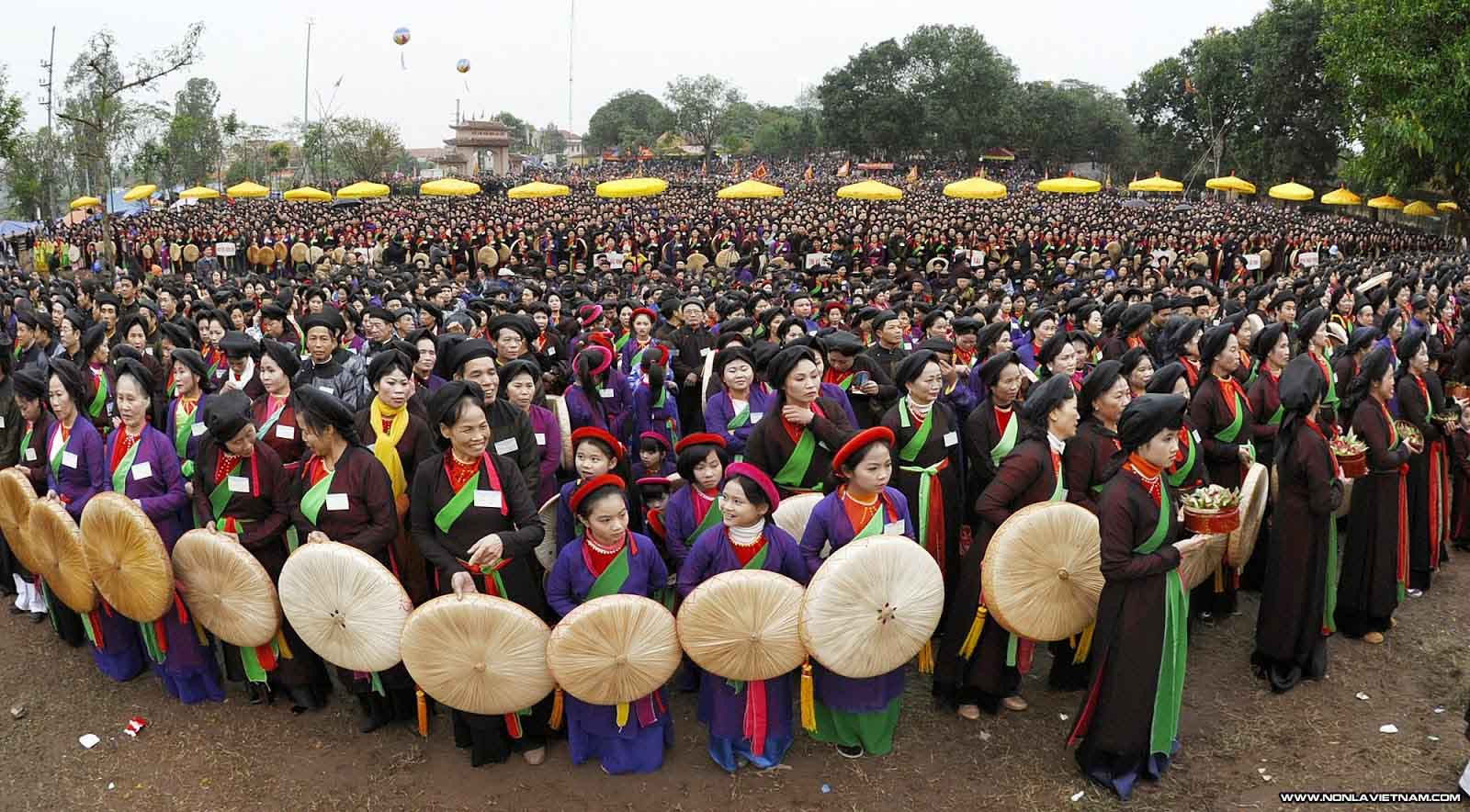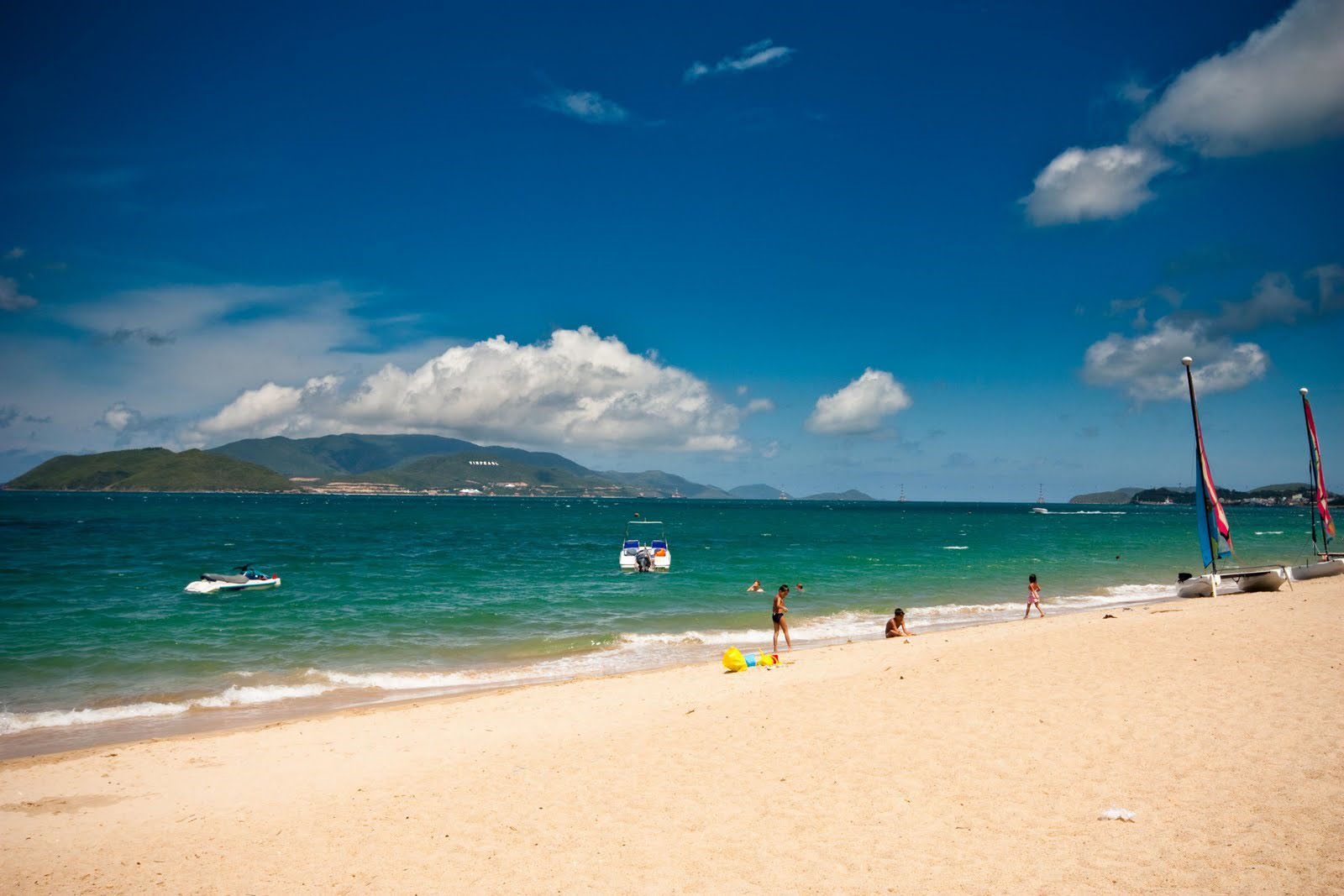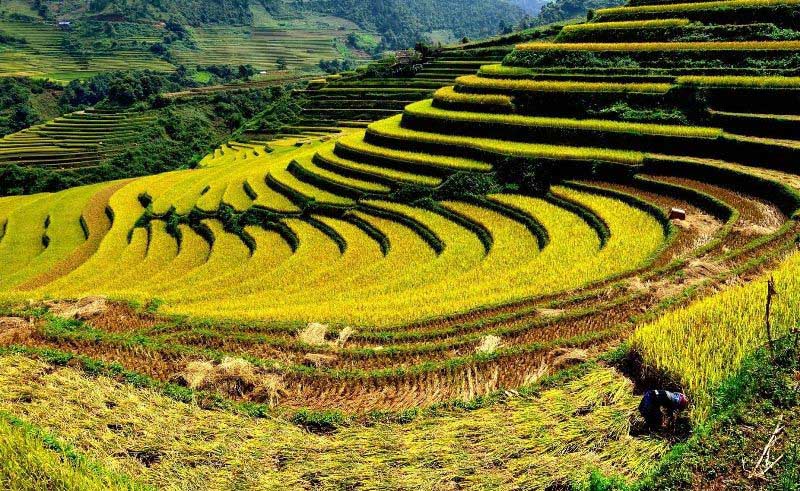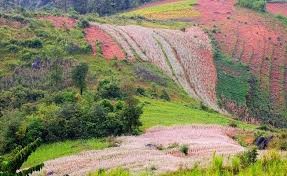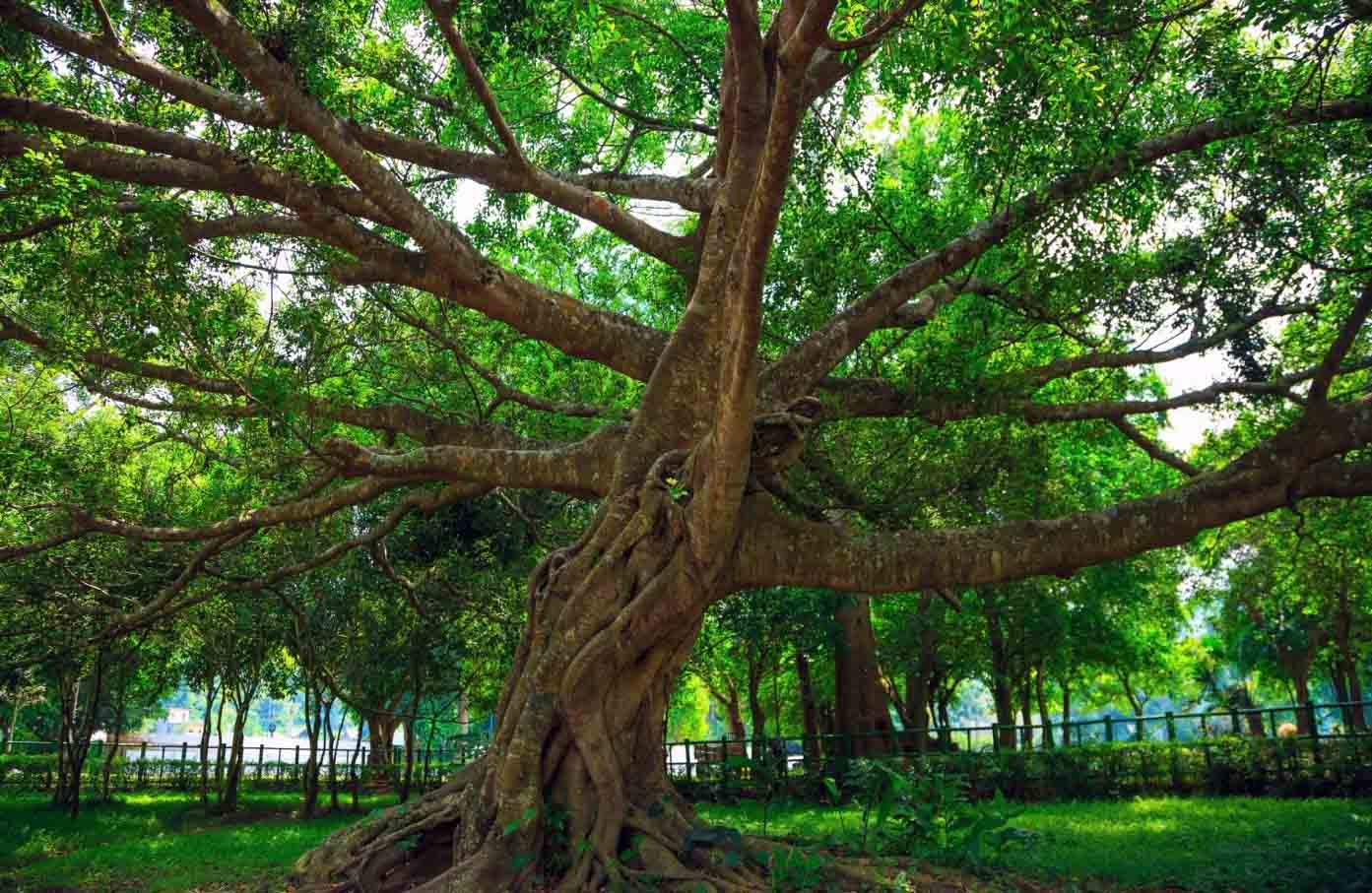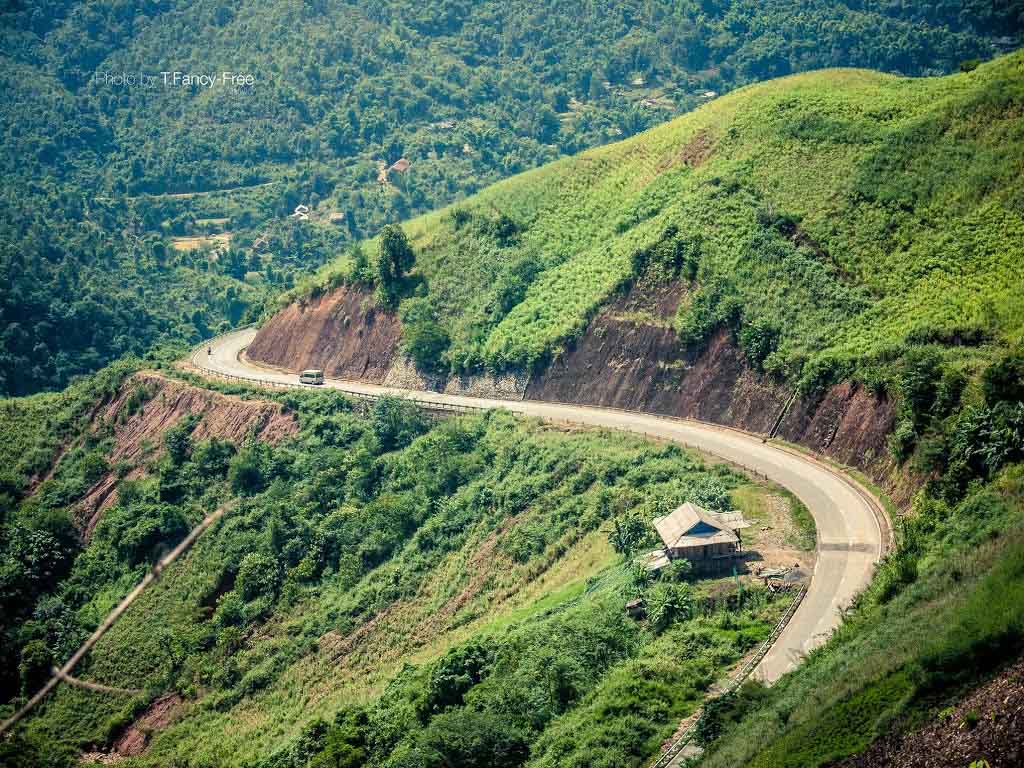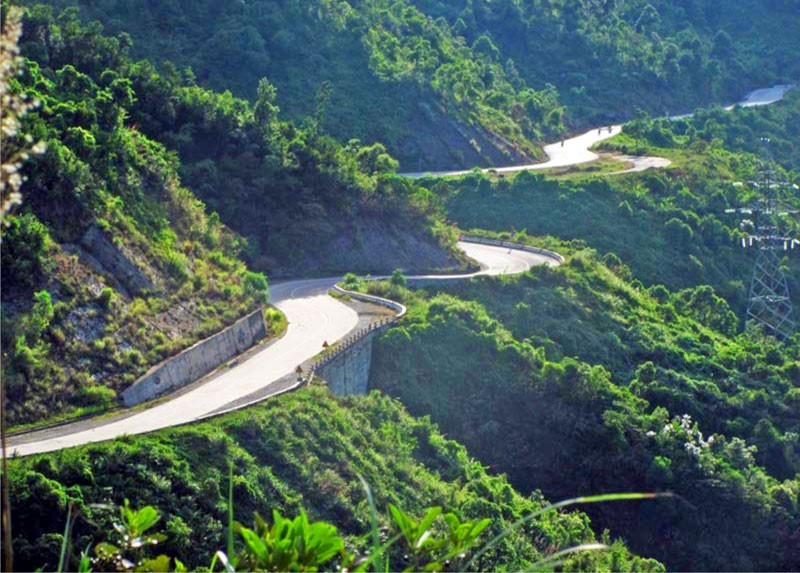Pu Luong Nature Reserve
Alternative site name(s)
Phu Luong
Province(s)
Thanh Hoa
Area
17,662 ha
Coordinates
20o21' – 20o34'N, 105o02' – 105o20'E
Distance(s)
From Hanoi: 180 km - Travel time: 4 - 4.5 hrs by bus
From Mai Chau: 45km
From Cuc Phong national park: 79km
Scenery
Rice terraces, streams, bamboo water wheels, forests, mountains, real traditional stilt houses (bamboo leaf roof and wood or bamboo walls), mist...
- A microcosm focuses features of mountainous areas in North Vienam: rice terraces of Sapa and Mu Cang Chai, peace, green and lushness of Mai Chau, and poetic sight of gentle streams and bamboo water wheels like in Cao Bang.
- Extremely less-touristy and quiet.
- Unlike in Sapa, where has only one season of rice, Pu Luong has two. Likewise, while Sapa has only one time to see yellow terraced fields (from September to October), Pu Luong has two times: May - June and September - Octorber.
Eco-tours
Trekking, Mountain Biking, River Kayaking, Bamboo Rafting & Homestay… Contact us for more information
Topography and hydrology
Pu Luong proposed nature reserve is located in Quan Hoa and Ba Thuoc districts, in north-western Thanh Hoa province. To the north-east, the nature reserve is bordered by Mai Chau, Tan Lac and Lac Son districts, Hoa Binh province. The proposed nature reserve lies along two parallel mountain ridges, that run from north-west to south-east, and are bisected by a central valley. This valley contains several human settlements and a large area of agricultural land, and, hence, is not included within the proposed nature reserve.
The two mountain ridges in the proposed nature reserve have starkly contrasting landforms, based on their different substrates. The smaller, south-western ridge is made up of mostly igneous and metamorphic rocks, and consists of rounded forested hills and wide, shallow valleys. The larger, north-eastern ridge is composed of heavily dissected limestone karst, and is a continuation of the limestone range that runs from Cuc Phuong National Park to Son La province. Elevations in the proposed nature reserve range from 60 to 1,667 m.
The hydrology of the limestone ridge is complex, and there is little or no permanent surface water. On the south-western ridge, surface water is more common and streams are much less seasonal. However, the main drainage features of the proposed nature reserve are located in the central valley. This valley is not continuous but has a saddle at its mid-point, which forms the watershed between two small rivers. One of these rivers flows north-west along the valley, and joins the Ma river, which runs to the west and south of the proposed nature reserve. The other river flows south-east along the valley, and joins the Ma river further downstream.
Cuc Phuong National Park, which is situated to 25 km to the south-east, along the same limestone range. However, the higher elevations at Pu Luong and the presence of more extensive areas of evergreen forest means that Pu Luong can be expected to support a number of species that do not occur at Cuc Phuong. Indeed, the results of recent survey work conducted at Pu Luong nature reserve indicate that this is in fact the case.
Other documented values
Forest in the proposed nature reserve has a role in protecting the watershed of the Ma river, the largest river in Thanh Hoa province. Just as importantly, the forest has an important role in protecting the water resources of local communities. Already, water is scarce during the dry season, because of the limestone geology of much of the area. Therefore, forest loss would be expected to increase periods of drought, leading to reduced agricultural productivity.
Some images of Pu Luong
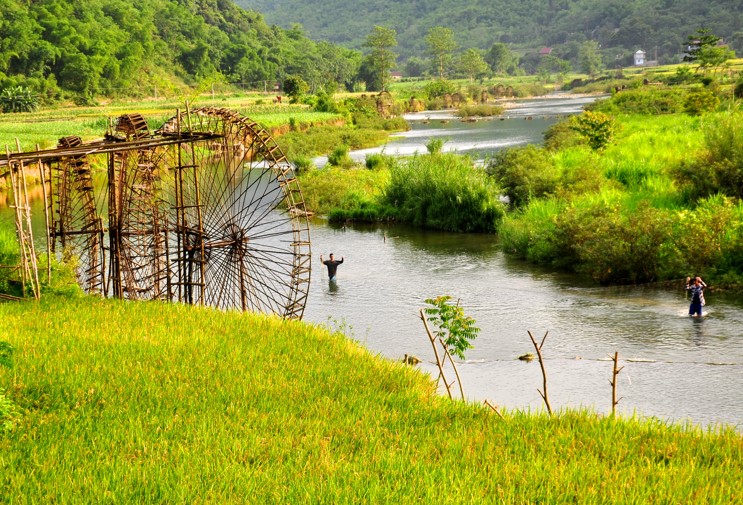
Bamboo water wheels

Rice terraces
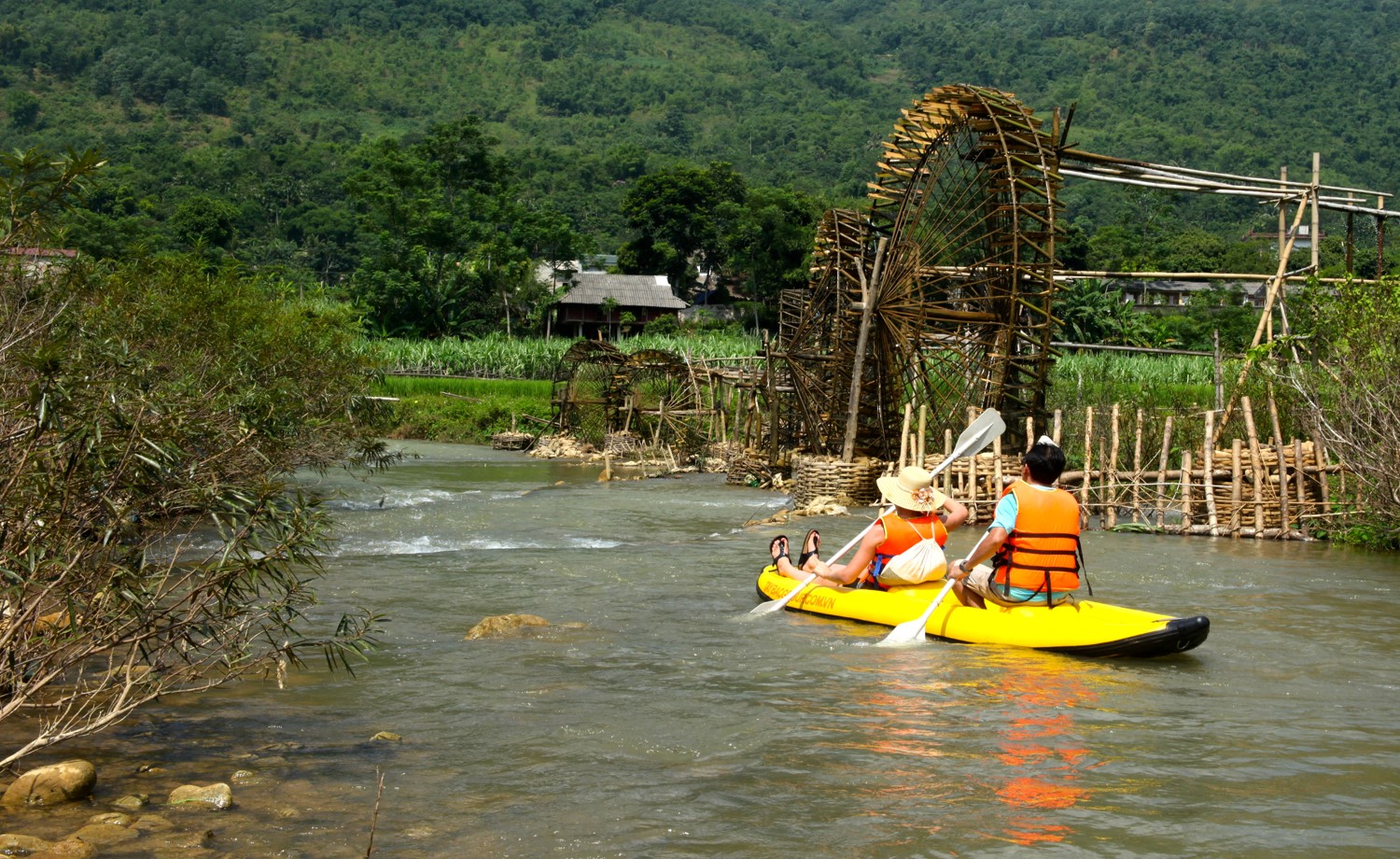
Kayaking on river

Rafting
Recommeded adventures:
More guide...
Responsible Travel
Asia Travel News



